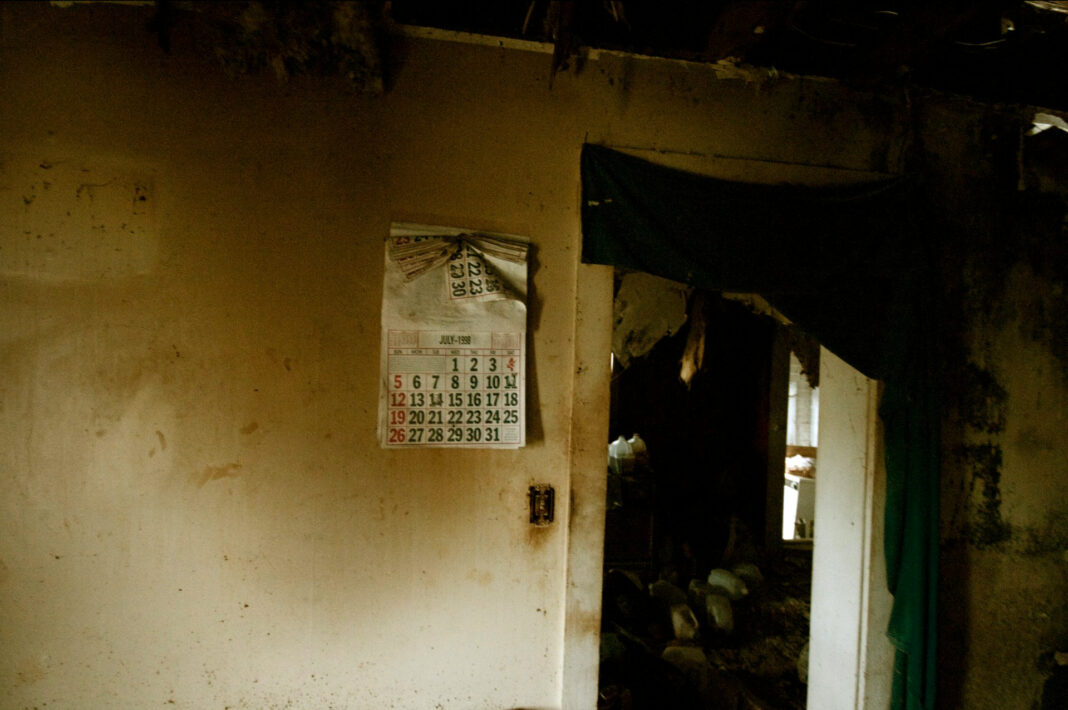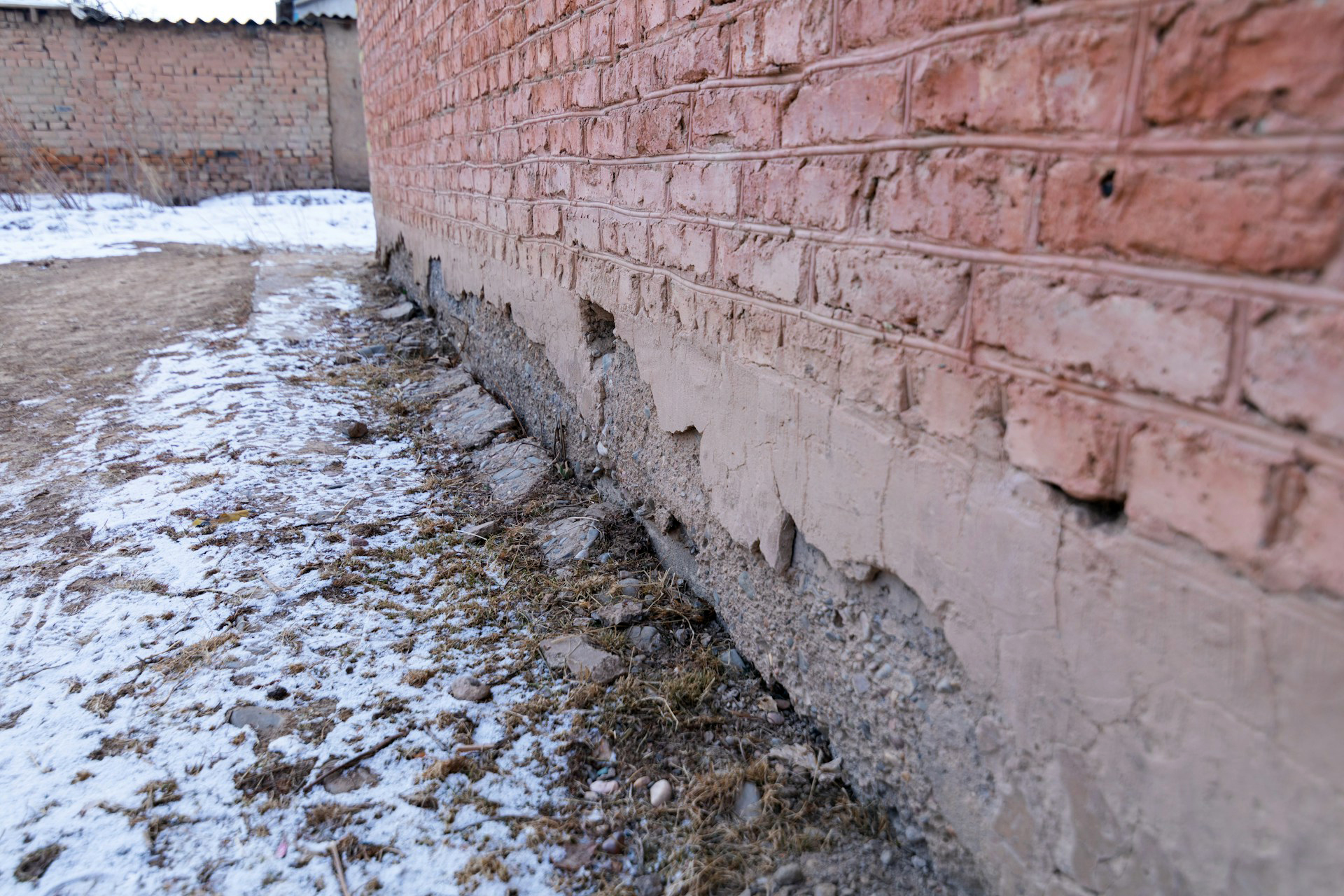Water damage is a homeowner’s worst nightmare. Whether caused by a burst pipe, a leaking roof, or a natural disaster, water damage can wreak havoc on your home and your belongings if not addressed promptly and properly. In this blog post, we will explore everything homeowners need to know about San Diego water damage repair, as well as other places in the United States, including common causes, signs of damage, and steps to take in the event of water damage
Water Damage Mitigation Professionals
Water damage mitigation professionals are the unsung heroes in protecting your home from the devastating effects of water damage. Whether you are looking for water damage mitigation Cleveland area or any other place, these skilled experts have the knowledge, expertise, and specialized equipment necessary to assess, repair, and restore properties affected by water intrusion. From extracting standing water to drying out structural elements and preventing mold growth, water damage mitigation professionals work tirelessly to ensure that your home is returned to its pre-damaged condition swiftly and efficiently. Their prompt response and thorough approach can make all the difference in minimizing the long-term impact of water damage on your home and belongings. Trusting in the expertise of these professionals can truly save your home in a time of crisis.
Common Causes of Water Damage
Water damage can occur for a variety of reasons. Some of the most common causes include:
- Leaking or burst pipes: Pipes can burst due to freezing temperatures, corrosion, or general wear and tear. Leaks can also occur in plumbing fixtures, such as faucets and toilets.
- Leaking roof: A damaged or poorly maintained roof can allow water to seep into your home, causing damage to ceilings, walls, and insulation.
- Flooding: Natural disasters like heavy rain, hurricanes, and flash floods can result in significant water damage to homes.
- Appliance malfunctions: Dishwashers, washing machines, and water heaters can leak or overflow, leading to water damage in the surrounding area.
- Poorly sealed windows and doors: Improperly sealed windows and doors can allow water to infiltrate your home during heavy rain or storms.
Signs of Water Damage
It’s essential for homeowners to be able to recognize the signs of water damage early to minimize the extent of the damage. Some common signs include:
- Water stains: Yellow or brown stains on walls, ceilings, or floors can indicate water damage.
- Musty odors: Damp or musty odors can be a sign of mold growth resulting from water damage.
- Peeling paint or wallpaper: Water damage can cause paint or wallpaper to bubble, crack, or peel.
- Sagging ceilings or walls: Excess moisture can cause ceilings or walls to sag or bulge.
- Visible mold or mildew: Mold or mildew growth on walls, ceilings, or other surfaces is a clear sign of water damage.
Steps to Take After Water Damage
If you discover water damage in your home, it’s crucial to take immediate action to prevent further damage and mold growth. Here are the steps you should take:
- Turn off the water source: If the water damage is caused by a burst pipe or appliance malfunction, turn off the water supply to prevent further flooding.
- Document the damage: Take photos or videos of the water damage for insurance purposes.
- Remove standing water: Use buckets, mops, or a wet/dry vacuum to remove standing water from your home.
- Dry out the affected area: Use fans, dehumidifiers, and open windows to dry out the area and prevent mold growth.
- Contact a professional water damage restoration company: A professional restoration company can assess the damage, provide an estimate for repairs, and help with the cleanup and restoration process.
Preventing Water Damage
While some water damage incidents are unavoidable, there are steps homeowners can take to prevent water damage in their homes:
- Regularly inspect plumbing: Check for leaks, corrosion, or signs of damage in your plumbing system.
- Maintain your roof: Regularly inspect your roof for damage, missing shingles, or signs of wear and tear.
- Clean gutters and downspouts: Clogged gutters can cause water to overflow and damage your home’s foundation.
- Install a sump pump: A sump pump can help prevent basement flooding during heavy rain or storms.
- Seal windows and doors: Properly seal windows and doors to prevent water infiltration during storms.
In conclusion, water damage repair is a critical aspect of homeownership that should not be overlooked. By understanding the common causes of water damage, recognizing the signs of damage, and taking prompt action in the event of water damage, homeowners can protect their homes and belongings from costly repairs and potential health risks associated with mold growth. By following preventative measures and seeking professional help when needed, homeowners can safeguard their homes against the destructive effects of water damage.







